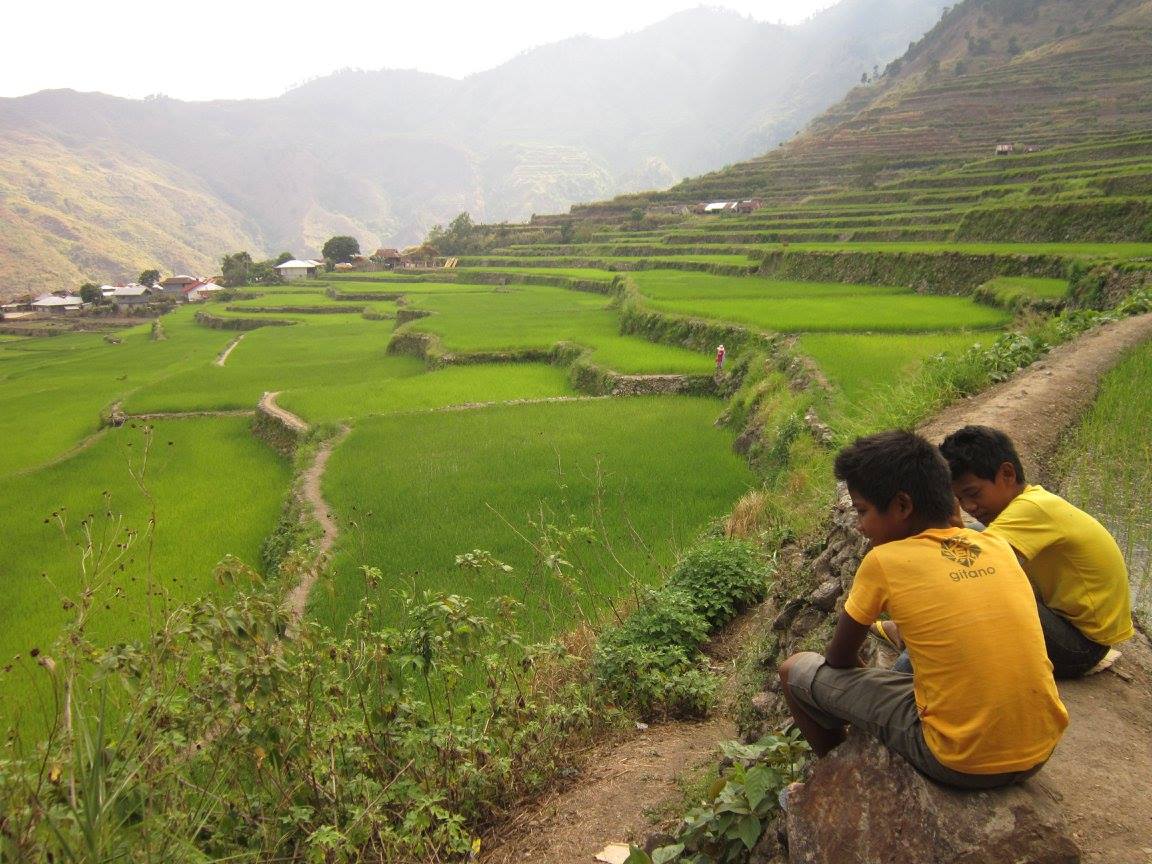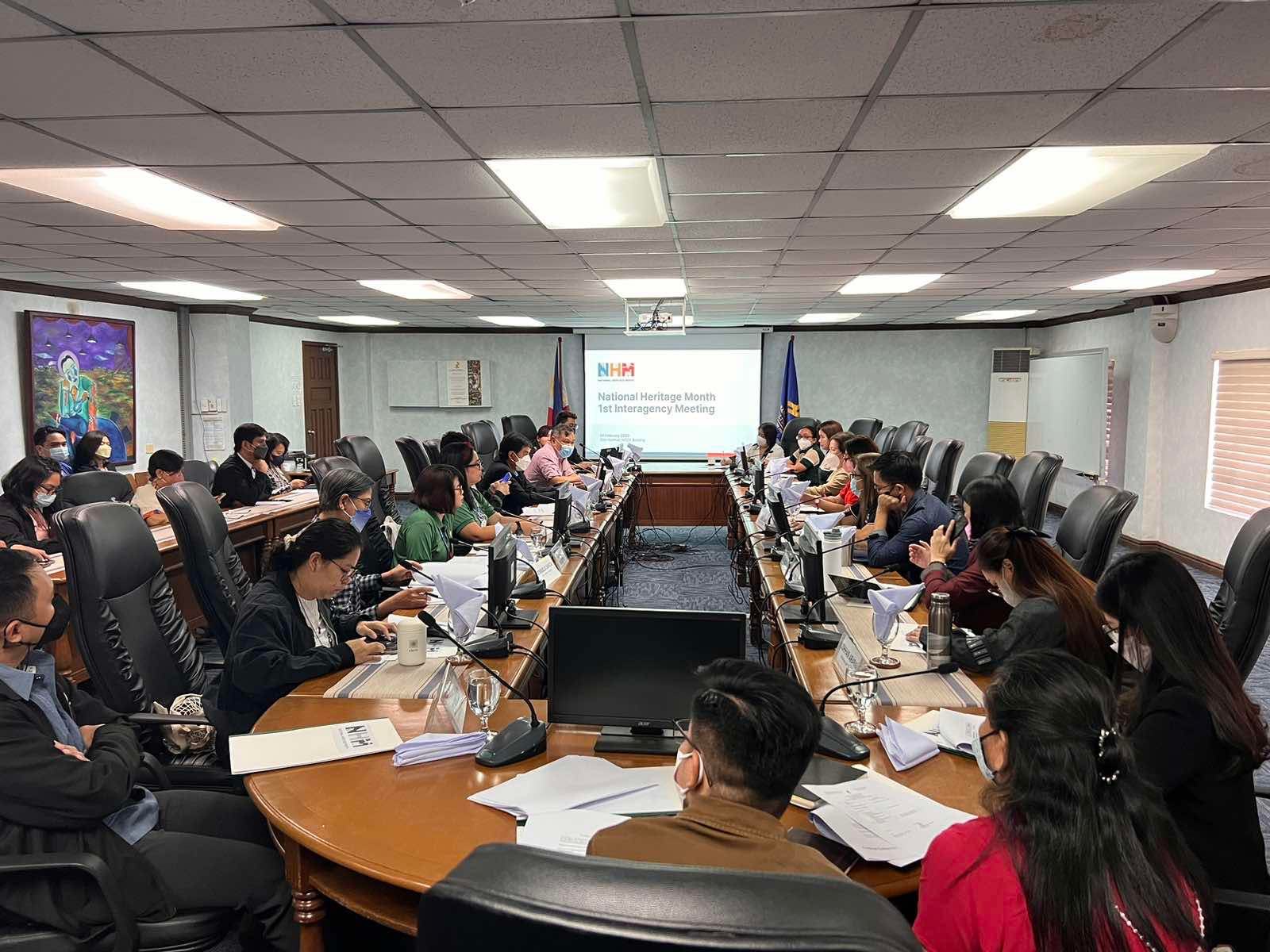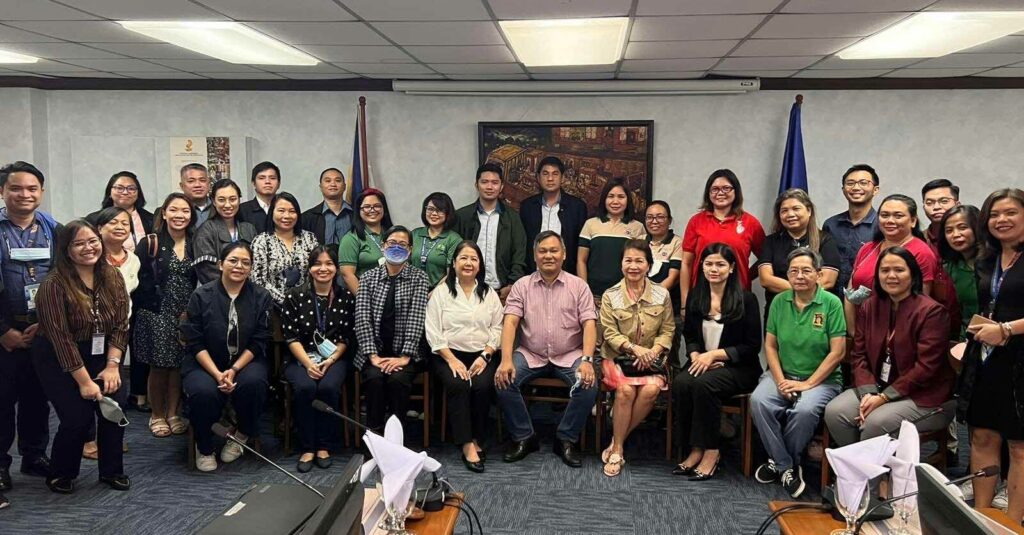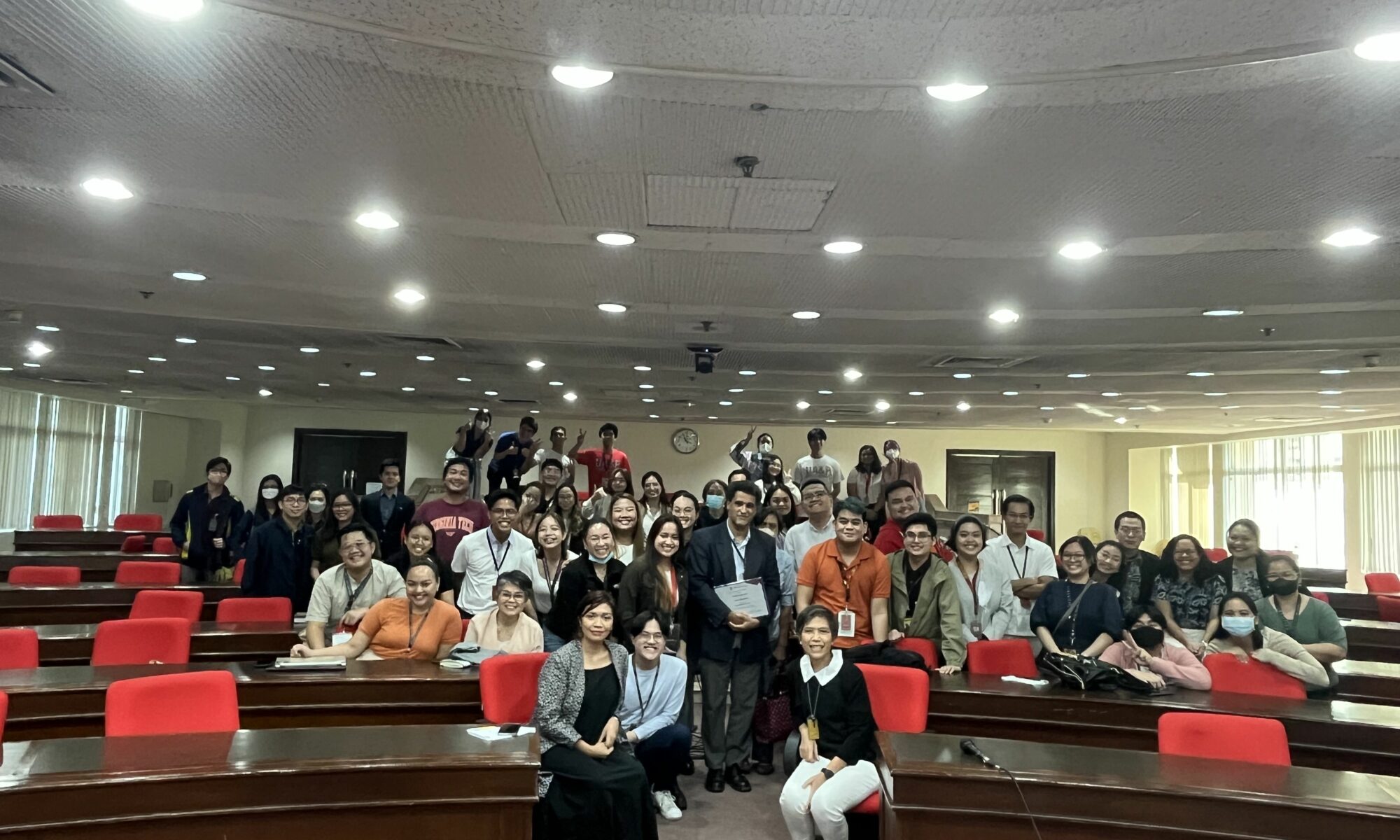In the last quarter of 2021, International Council on Monuments and Sites (ICOMOS) Philippines, together with the Advocates for Heritage Preservation (AHP), organized Pamanang Pasig, a heritage impact assessment of the Pasig River Expressway (PAREX) on the Pasig River. The PAREX is a 19.37 kilometer, 6-lane expressway to be constructed over the river.
More than a dozen speakers discussed the Pasig River’s historical, aesthetic, and social significance, and the potential impact the PAREX would have on these values. Experts also discussed its impacts on traffic, disaster risk management, public health and the ecology. The series ended with alternate uses for Metro Manila’s river heritage, and global examples of sustainable development of urban rivers. Recordings of the discussions may be viewed here ➡️ Pamanang Pasig
This Statement of Significance for the Pasig River is based in part on those experts’ input, research, including a statement by the the Tuklas Pilipinas Society, Inc. and the Kapisanan ng mga Arkeologist sa Pilipinas (KAPI).
To this day, despite its role in the formation and development of Tagalog culture and history, the Pasig River remains undeclared as a heritage site. ICOMOS Philippines recommends that the National Government revisit the several petitions to declare Pasig River as a National Cultural Treasure.
See Pasig River Statement of Significance (SoS)
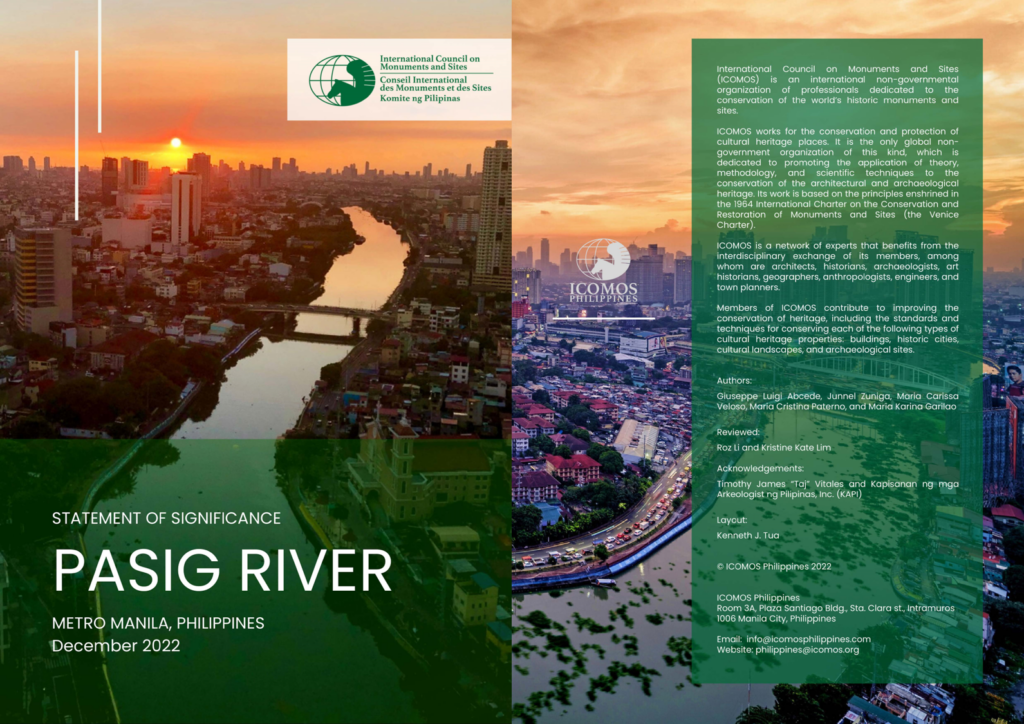
For more information on ICOMOS Philippines ➡️ https://philippines.icomos.org
#ICOMOS #ICOMOSPH #PamanangPasig #PasigRiver #NationalCulturalTreasure #NoToPAREX
